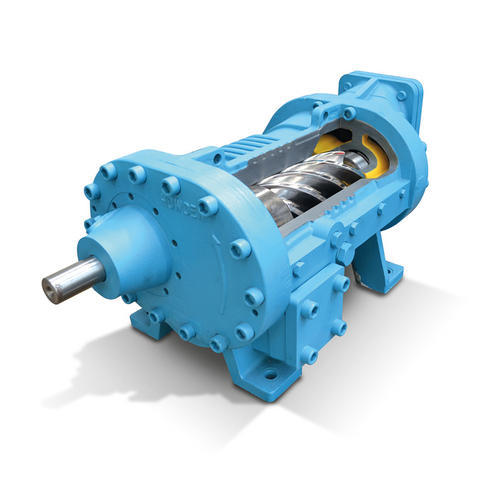Screw compressors are one of the best available options for different industries and several applications. Screw compressors are made to cater to long-term compressed air use and generate a consistent flow of air as possible. Industries and businesses opt for screw compressors because these are not only reliable but also provide max uptime. These are meant to provide more benefits as well, including lower decibel output.
These are the compressors that are built with the positive-displacement mechanism. These are used instead of piston compressors when there is a need to supply large volumes of compressed air for large-scale industrial applications including chillers. These are also used in operating high-power air tools such as jackhammers and impact wrenches.
Gas compression
The gas compression mechanism for the screw compressor involves continuous sweeping motion. This involves a little pulsation or surging of flow, as it occurs with piston compressors. With such formation and application, screw compressors turn out to be quieter and produce very less vibration rather than piston compressors, with their large sizes, and produce some benefits inefficiency.
Screw compressors’ formation involves two closely meshed helical screws, commonly called rotors, to compress the gas. While the dry-running of screw compressors, timing gears ensure that male and female rotors maintain precise alignment without contact so that wear or tear may not happen. Whereas oil-based and meshed screw compressors, lubricating oil covers the space between the rotors, catering mechanical energy between the rotors and giving a hydraulic seal. This way, it allows one rotor all to all driven by the other rotor. Gas to be compressed enters through the suction inlet and moves along the rotation of the screws. The meshing rotors are bound to rotate the gas through the compressor and direct it towards the end of the screws.
Male and female rotors
The working area, in between the male and female rotors, would be larger at the intake end and decreases with the passageway of rotors until the exhaust channel. This change of size and volume provides much-needed compression. On the intake channel, the male rotor is much smaller than its female counterpart, and their formation involves a reverse size mechanism along the lengths of both rotors; the male rotor becomes larger and the female becomes smaller. This reduced volume causes compression of the gas before proceeding to the output channel.
The effectiveness of all these processes is due to fit clearances between the rotors and seal cavities. However, there might be traces of leakage, and high rotational speed may reduce its leakage.
IndustrialFreezing.com provides you with the best and updated screw compressors for all your needs and continuous uses. If you are looking for different options with several sizes and volumes, Industrial Freezing will cover you with enormous solutions. So that you may find your optimized, efficient, and cost-effective solutions for all your long-term needs. Just reach out to us and find the best way around for your compressing requirements.

